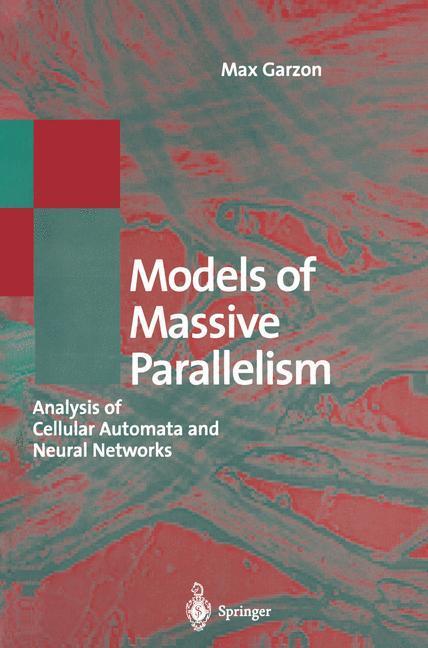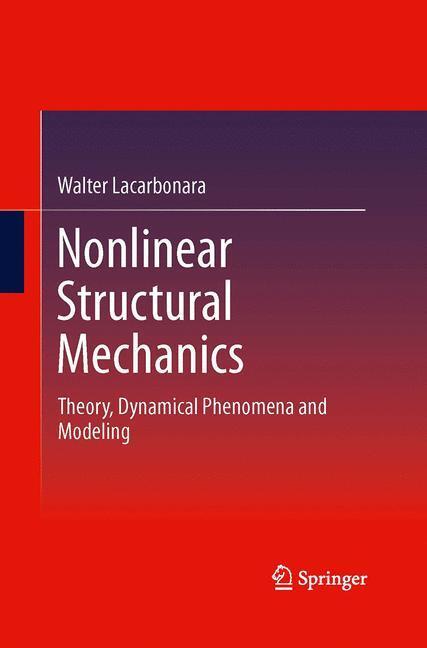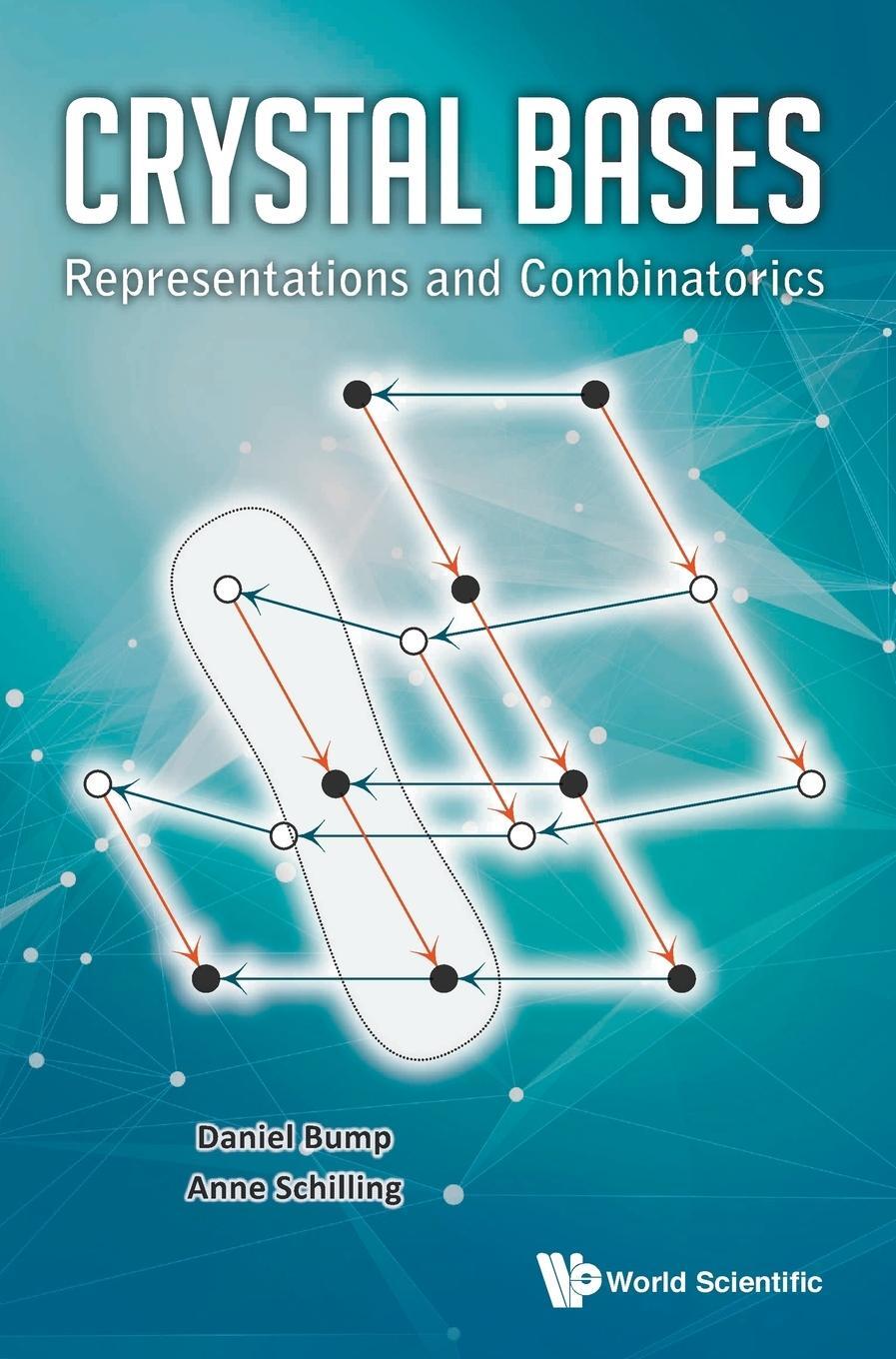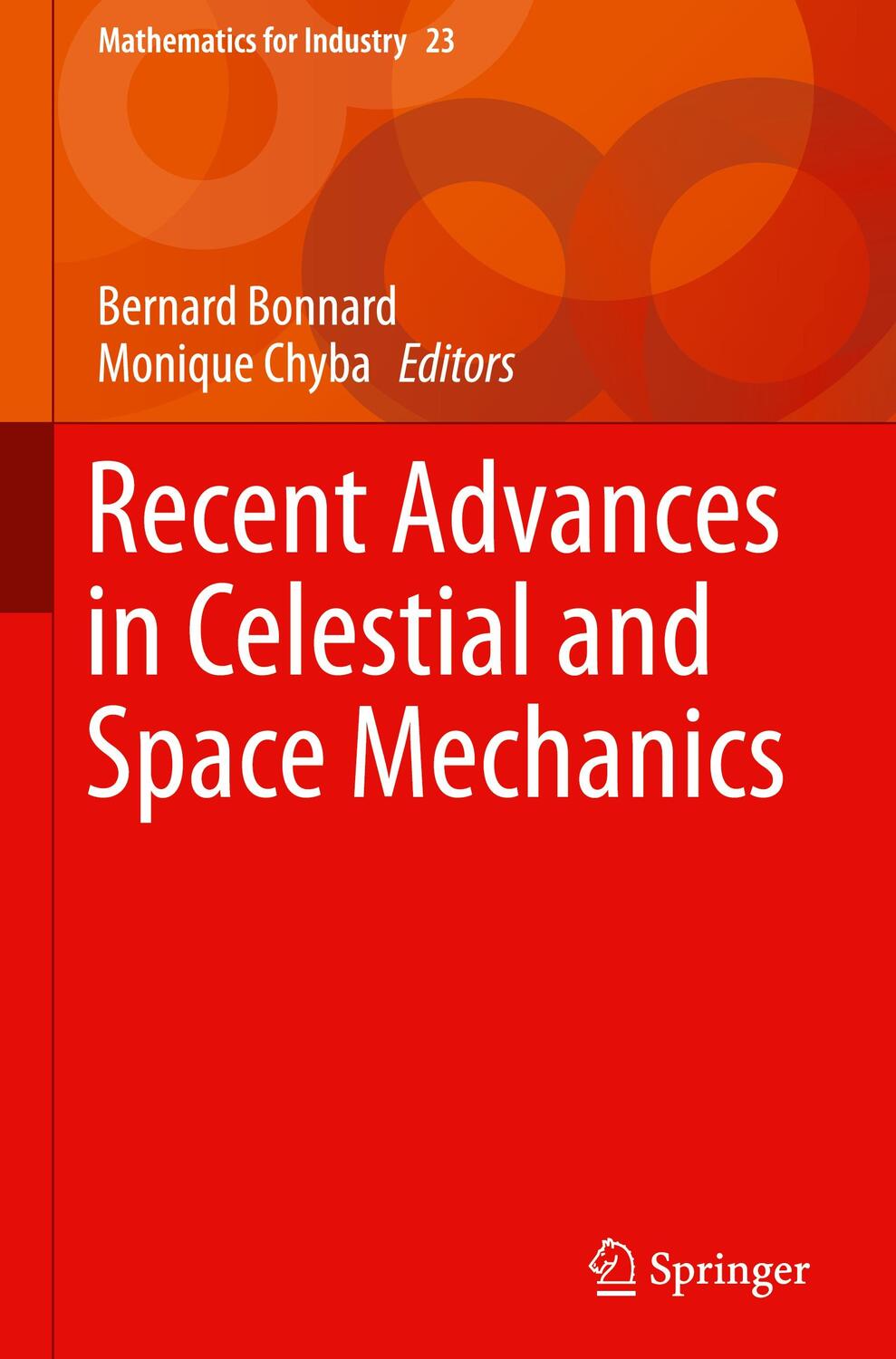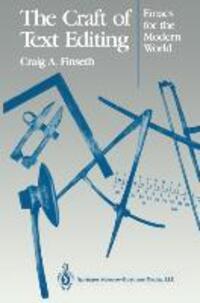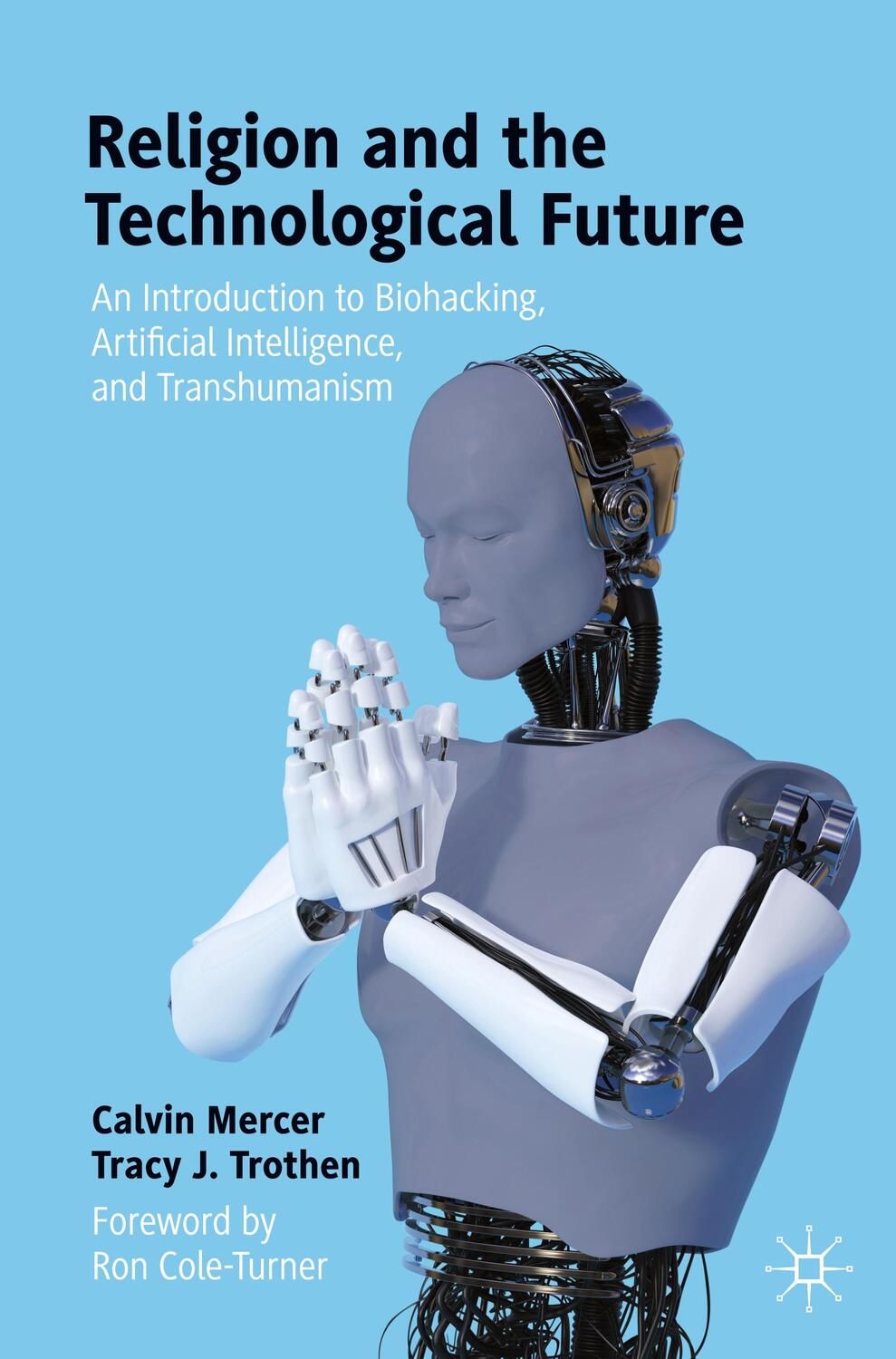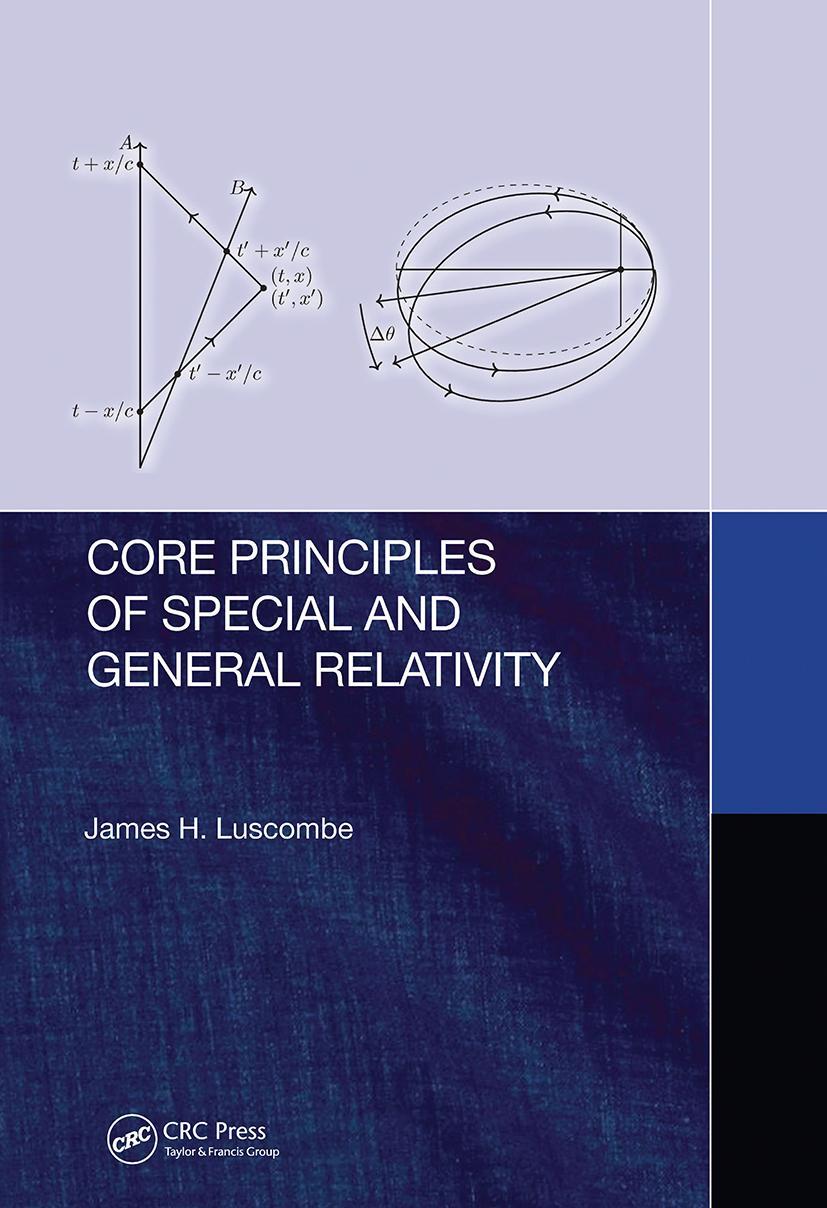Dekorationsartikel gehören nicht zum Leistungsumfang.
Sprache:
Englisch
53,49 €*
Versandkostenfrei per Post / DHL
Aktuell nicht verfügbar
Kategorien:
Beschreibung
Locality is a fundamental restriction in nature. On the other hand, adaptive complex systems, life in particular, exhibit a sense of permanence and time lessness amidst relentless constant changes in surrounding environments that make the global properties of the physical world the most important problems in understanding their nature and structure. Thus, much of the differential and integral Calculus deals with the problem of passing from local information (as expressed, for example, by a differential equation, or the contour of a region) to global features of a system's behavior (an equation of growth, or an area). Fundamental laws in the exact sciences seek to express the observable global behavior of physical objects through equations about local interaction of their components, on the assumption that the continuum is the most accurate model of physical reality. Paradoxically, much of modern physics calls for a fundamen tal discrete component in our understanding of the physical world. Useful computational models must be eventually constructed in hardware, and as such can only be based on local interaction of simple processing elements.
Locality is a fundamental restriction in nature. On the other hand, adaptive complex systems, life in particular, exhibit a sense of permanence and time lessness amidst relentless constant changes in surrounding environments that make the global properties of the physical world the most important problems in understanding their nature and structure. Thus, much of the differential and integral Calculus deals with the problem of passing from local information (as expressed, for example, by a differential equation, or the contour of a region) to global features of a system's behavior (an equation of growth, or an area). Fundamental laws in the exact sciences seek to express the observable global behavior of physical objects through equations about local interaction of their components, on the assumption that the continuum is the most accurate model of physical reality. Paradoxically, much of modern physics calls for a fundamen tal discrete component in our understanding of the physical world. Useful computational models must be eventually constructed in hardware, and as such can only be based on local interaction of simple processing elements.
Zusammenfassung
This textbook presents analytic methods and results for exploring and understanding cellular automata and discrete neural networks. The book includes exercises and bibliographies and may serve also as a reference manual.
Inhaltsverzeichnis
1. Turing Computability and Complexity.- 1.1 Models of Sequential Computation.- 1.2 Complexity.- 1.3 Cellular Machines.- 1.4 Prerequisites.- References.- 2. Cellular Automata.- 2.1 Finite-State Automata.- 2.2 Regular Graphs.- 2.3 Local Rules and Global Maps.- 2.4 Fundamental Questions.- 2.5 Notation.- 2.6 Problems.- 2.7 Notes.- References.- 3. Linear Cellular Automata.- 3.1 Linear Rules.- 3.2 Basic Properties.- 3.3 Global Dynamics via Fractals.- 3.4 The Role of Linear Rules.- 3.5 Problems.- 3.6 Notes.- References.- 4. Semi-totalistic Automata.- 4.1 Semi-totalistic Rules.- 4.2 Construction and Computation Universality.- 4.3 Restricted Totalistic Rules.- 4.4 Threshold Automata.- 4.5 Problems.- 4.6 Notes.- References.- 5. Decision Problems.- 5.1 Algorithmic and Dynetic Problems.- 5.2 ID Euclidean Automata.- 5.3 2D Euclidean Automata.- 5.4 Noneuclidean Automata.- 5.5 Complexity Questions.- 5.6 Problems.- 5.7 Notes.- References.- 6. Neural and Random Boolean Networks.- 6.1 Types of Generalizations.- 6.2 Other Parallel Models.- 6.3 Summary of Results.- 6.4 Proofs.- 6.5 Problems.- 6.6 Notes.- References.- 7. General Properties.- 7.1 Metric Preliminaries.- 7.2 Basic Results.- 7.3 Injeetivity, Surjectivity and Local Reversibility.- 7.4 Some Generalizations.- 7.5 Problems.- 7.6 Notes.- References.- 8. Classification.- 8.1 Finite Networks.- 8.2 Wolfram Classification.- 8.3 Classification via Limit Sets.- 8.4 Mean Field Theory.- 8.5 Local Structure Theory.- 8.6 Other Classifications.- 8.7 Problems.- 8.8 Notes.- References.- 9. Asymptotic Behavior.- 9.1 Linear Rules.- 9.2 Exact Solution.- 9.3 Simulation in Continuous Systems.- 9.4 Observability.- 9.5 Problems.- 9.6 Notes.- References.- 10. Some Inverse Problems.- 10.1 Signals and Synchronization.- 10.2 Formal Language Recognition.-10.3 Picture Languages.- 10.4 Problems.- 10.5 Notes.- References.- 11. Real Computation.- 11.1 Representation and Primitives.- 11.2 Exact Computation.- 11.3 Approximate Computation by Neural Nets.- 11.4 Problems.- 11.5 Notes.- References.- 12. A Bibliography of Applications.- 12.1 Physics.- 12.2 Chemistry.- 12.3 Biology.- 12.4 Computer Science.- 12.5 Artificial Intelligence and Cognitive Science.- 12.6 Miscellaneous.- References.- Author Index.- Symbol Index.
Details
| Erscheinungsjahr: | 2012 |
|---|---|
| Genre: | Informatik |
| Rubrik: | Naturwissenschaften & Technik |
| Medium: | Taschenbuch |
| Seiten: | 292 |
| Reihe: | Texts in Theoretical Computer Science. An EATCS Series |
| Inhalt: |
xiv
272 S. |
| ISBN-13: | 9783642779077 |
| ISBN-10: | 3642779077 |
| Sprache: | Englisch |
| Ausstattung / Beilage: | Paperback |
| Einband: | Kartoniert / Broschiert |
| Autor: | Garzon, Max |
| Auflage: | Softcover reprint of the original 1st ed. 1995 |
| Hersteller: |
Springer-Verlag GmbH
Springer Berlin Heidelberg Texts in Theoretical Computer Science. An EATCS Series |
| Maße: | 235 x 155 x 16 mm |
| Von/Mit: | Max Garzon |
| Erscheinungsdatum: | 12.02.2012 |
| Gewicht: | 0,446 kg |
Zusammenfassung
This textbook presents analytic methods and results for exploring and understanding cellular automata and discrete neural networks. The book includes exercises and bibliographies and may serve also as a reference manual.
Inhaltsverzeichnis
1. Turing Computability and Complexity.- 1.1 Models of Sequential Computation.- 1.2 Complexity.- 1.3 Cellular Machines.- 1.4 Prerequisites.- References.- 2. Cellular Automata.- 2.1 Finite-State Automata.- 2.2 Regular Graphs.- 2.3 Local Rules and Global Maps.- 2.4 Fundamental Questions.- 2.5 Notation.- 2.6 Problems.- 2.7 Notes.- References.- 3. Linear Cellular Automata.- 3.1 Linear Rules.- 3.2 Basic Properties.- 3.3 Global Dynamics via Fractals.- 3.4 The Role of Linear Rules.- 3.5 Problems.- 3.6 Notes.- References.- 4. Semi-totalistic Automata.- 4.1 Semi-totalistic Rules.- 4.2 Construction and Computation Universality.- 4.3 Restricted Totalistic Rules.- 4.4 Threshold Automata.- 4.5 Problems.- 4.6 Notes.- References.- 5. Decision Problems.- 5.1 Algorithmic and Dynetic Problems.- 5.2 ID Euclidean Automata.- 5.3 2D Euclidean Automata.- 5.4 Noneuclidean Automata.- 5.5 Complexity Questions.- 5.6 Problems.- 5.7 Notes.- References.- 6. Neural and Random Boolean Networks.- 6.1 Types of Generalizations.- 6.2 Other Parallel Models.- 6.3 Summary of Results.- 6.4 Proofs.- 6.5 Problems.- 6.6 Notes.- References.- 7. General Properties.- 7.1 Metric Preliminaries.- 7.2 Basic Results.- 7.3 Injeetivity, Surjectivity and Local Reversibility.- 7.4 Some Generalizations.- 7.5 Problems.- 7.6 Notes.- References.- 8. Classification.- 8.1 Finite Networks.- 8.2 Wolfram Classification.- 8.3 Classification via Limit Sets.- 8.4 Mean Field Theory.- 8.5 Local Structure Theory.- 8.6 Other Classifications.- 8.7 Problems.- 8.8 Notes.- References.- 9. Asymptotic Behavior.- 9.1 Linear Rules.- 9.2 Exact Solution.- 9.3 Simulation in Continuous Systems.- 9.4 Observability.- 9.5 Problems.- 9.6 Notes.- References.- 10. Some Inverse Problems.- 10.1 Signals and Synchronization.- 10.2 Formal Language Recognition.-10.3 Picture Languages.- 10.4 Problems.- 10.5 Notes.- References.- 11. Real Computation.- 11.1 Representation and Primitives.- 11.2 Exact Computation.- 11.3 Approximate Computation by Neural Nets.- 11.4 Problems.- 11.5 Notes.- References.- 12. A Bibliography of Applications.- 12.1 Physics.- 12.2 Chemistry.- 12.3 Biology.- 12.4 Computer Science.- 12.5 Artificial Intelligence and Cognitive Science.- 12.6 Miscellaneous.- References.- Author Index.- Symbol Index.
Details
| Erscheinungsjahr: | 2012 |
|---|---|
| Genre: | Informatik |
| Rubrik: | Naturwissenschaften & Technik |
| Medium: | Taschenbuch |
| Seiten: | 292 |
| Reihe: | Texts in Theoretical Computer Science. An EATCS Series |
| Inhalt: |
xiv
272 S. |
| ISBN-13: | 9783642779077 |
| ISBN-10: | 3642779077 |
| Sprache: | Englisch |
| Ausstattung / Beilage: | Paperback |
| Einband: | Kartoniert / Broschiert |
| Autor: | Garzon, Max |
| Auflage: | Softcover reprint of the original 1st ed. 1995 |
| Hersteller: |
Springer-Verlag GmbH
Springer Berlin Heidelberg Texts in Theoretical Computer Science. An EATCS Series |
| Maße: | 235 x 155 x 16 mm |
| Von/Mit: | Max Garzon |
| Erscheinungsdatum: | 12.02.2012 |
| Gewicht: | 0,446 kg |
Warnhinweis

